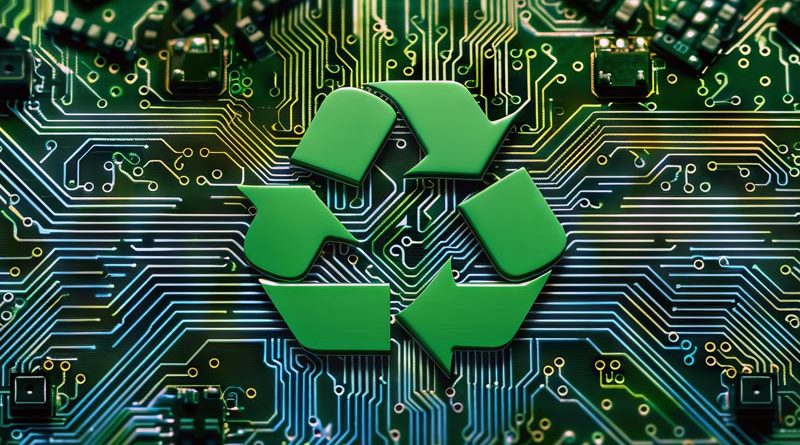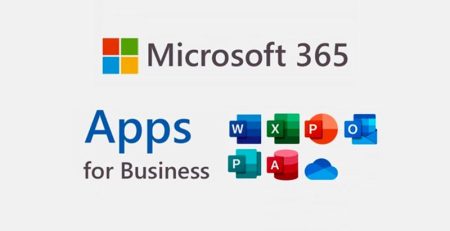What Do I Need to Do with Obsolete Equipment?
As technology improves, so will your IT equipment. Hardware will slow down and eventually become obsolete, warranting replacements.
Even if you take pristine care of your devices, you’ll have to replace them eventually.
But what should you do with the old equipment?
Don’t throw it away. You should always recycle your old electronic equipment responsibly. And no, that doesn’t mean smashing old hard drives or other equipment with a hammer to make it unusable.
The importance of electronic waste recycling has grown as we rely more on electronic devices in our daily lives.
Recycling centers generally offer secure data elimination, ensuring your sensitive information is wiped and doesn’t wind up in the wrong hands.
Additionally, keeping e-waste away from landfills is crucial since electronic devices contain hazardous substances and heavy metals like chromium, cadmium, mercury and lead that can seep into the soil, contaminating the air and waterways.
If you’ve never recycled obsolete equipment before, it’s OK. Now is a good time to start. Here’s what you need to do when your equipment becomes obsolete.
“Our clients recycle different types of equipment, including servers, switches, firewalls, printers, phones, desktops, laptops, docking stations, monitors, keyboards, mice and universal power supplies (UPS).”
Identify What Needs to Be Recycled
Your first step is identifying what equipment needs to be recycled.
Pick a space in your building to collect items. Ideally, you want to pick a space that is out of the way and lockable to avoid your employees grabbing old equipment and powering it on. Because old equipment can’t receive new updates and is now connected to your network, you’ve introduced a vulnerability that makes you more susceptible to cyberattacks and data breaches.
Our clients recycle different types of equipment, including servers, switches, firewalls, printers, phones, desktops, laptops, docking stations, monitors, keyboards, mice and universal power supplies (UPS).
Not only will you want to identify the equipment that needs to be recycled, but you’ll need to identify any hard drives that need to be erased or properly destroyed.
Different industries have different standards as far as how data is deleted (HIPAA, ISO documentation or Gramm-Leach-Bliley rules), so you’ll need to ensure the recycling center you use will adhere to those standards.
Schedule a Pickup Time
Secondly, you’ll want to schedule a pickup with a recycling center. You can either work through us or contact the recycling center directly.
We recommend Valley City Electronic Recycling for its secure data elimination services, environmentally friendly practices and cost-effectiveness, but of course, there are several options in the Grand Rapids area or in your location.
Recycling centers usually will charge a pickup fee, a recycling fee based on the weight of the equipment you are recycling and a fee to erase data on hard drives.
If the recycling center deems a device is still valuable, they may refurbish and resell it. Otherwise, the materials are recycled into new things.
You want to make sure you properly recycle electronics so they do not end up in landfills.
The equipment may be obsolete to you, but it can have a second life as refurbished or new equipment.
Want to Learn More About Responsible Recycling?
Contact us here to get more information about how your obsolete IT can be sustainably recycled.
Did you like this blog? You can subscribe to our newsletter to receive a weekly email with our latest blog posts.











